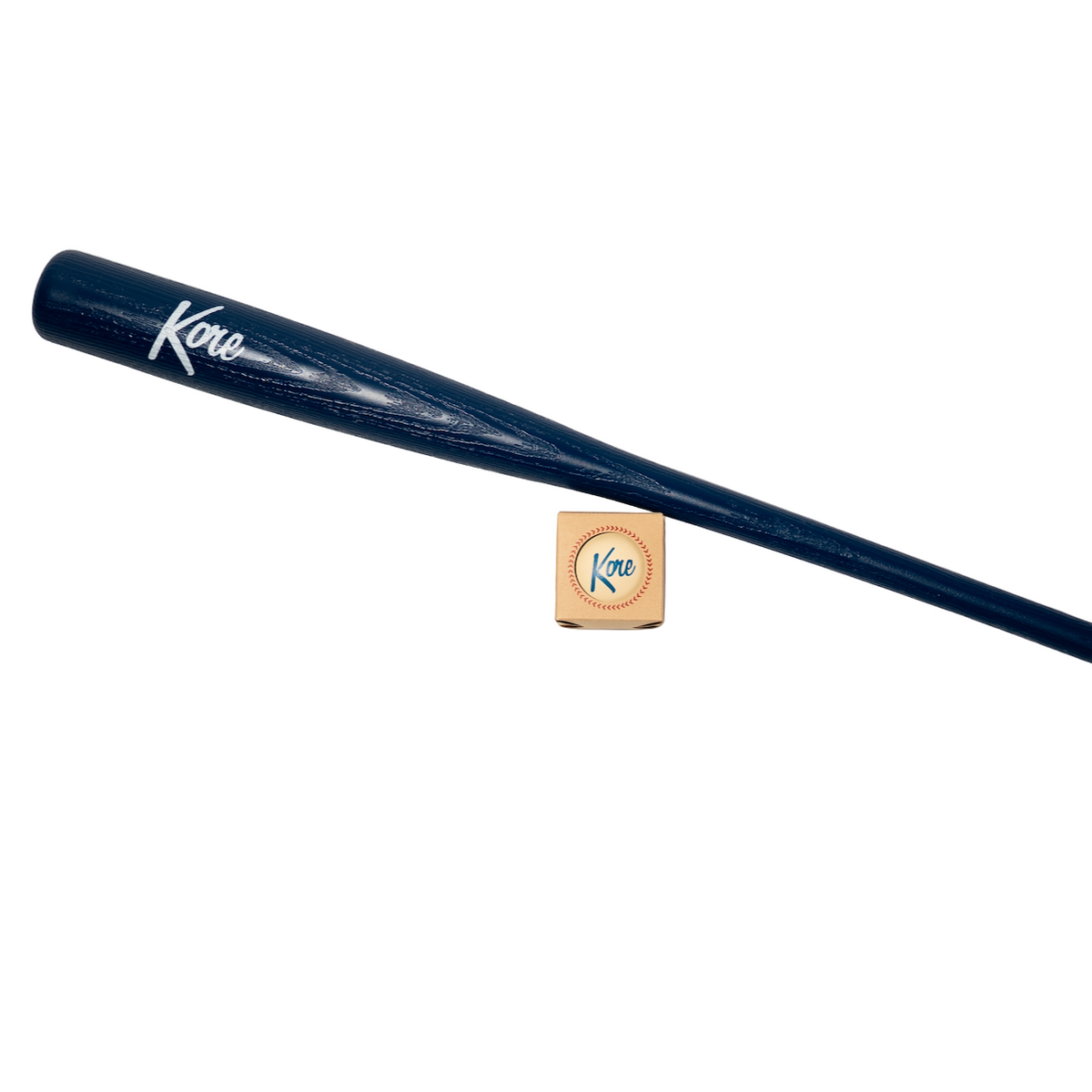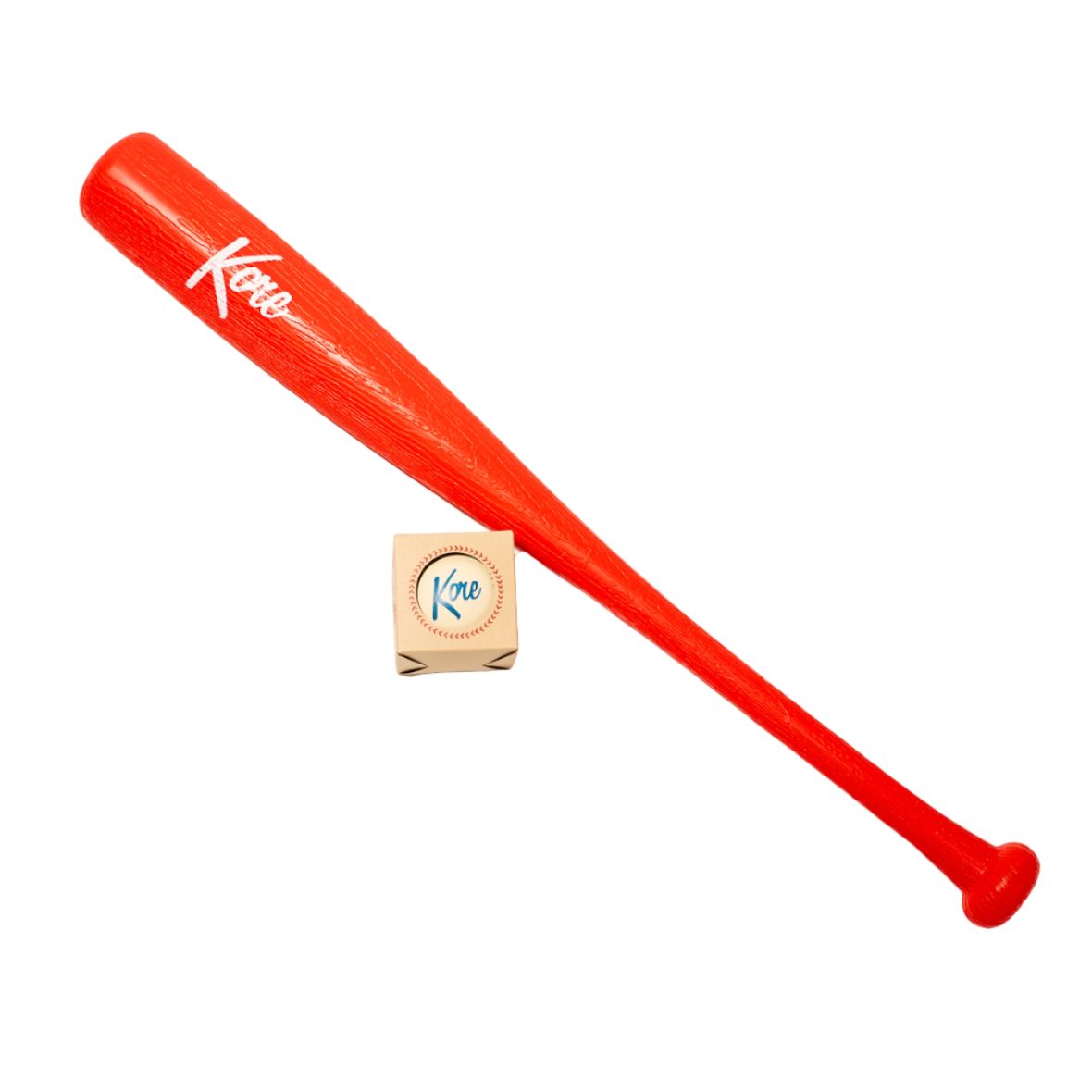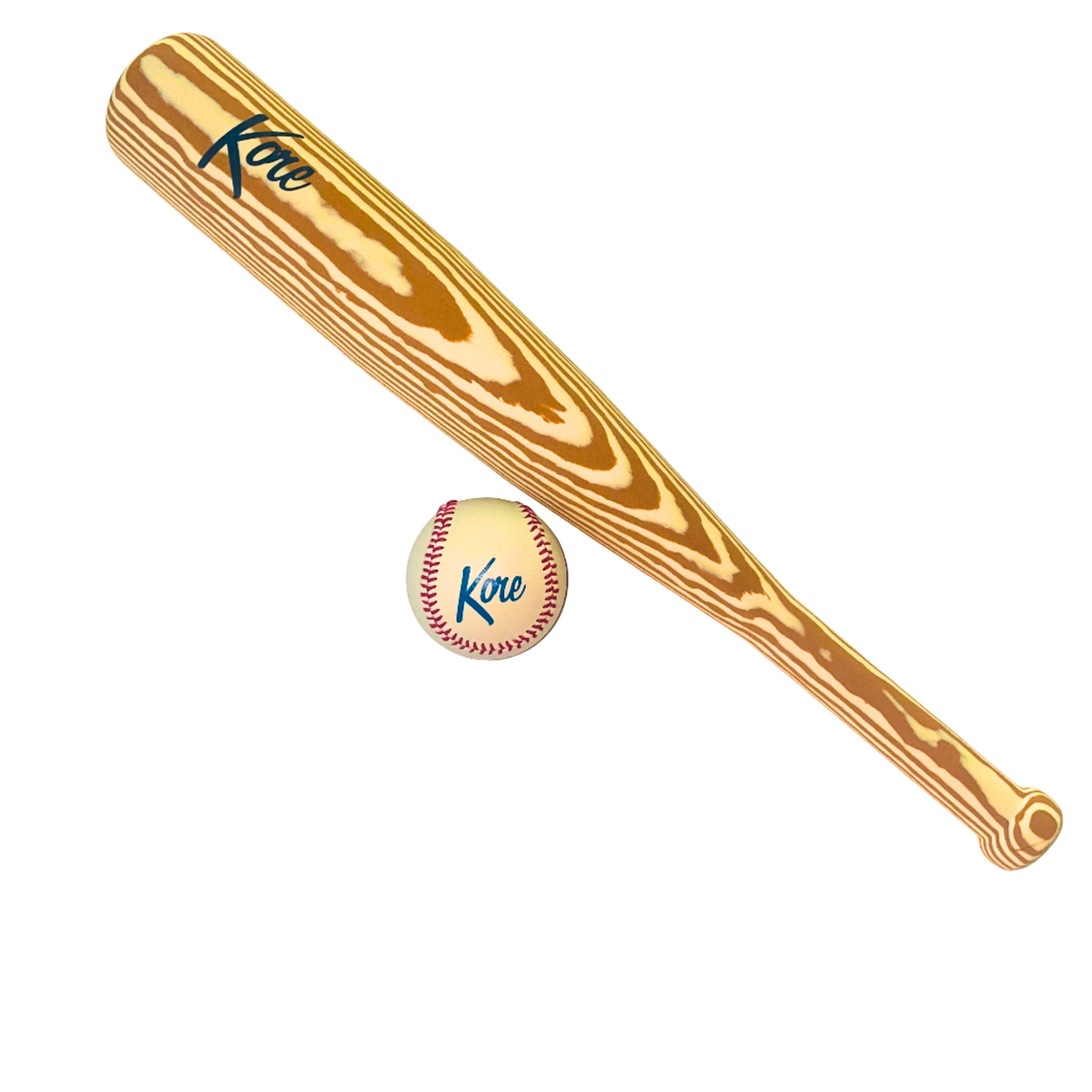Definition and Rules of a Foul Ball
Understanding the concept of a foul ball is vital in comprehending the intricacies of baseball. In baseball, a foul ball refers to a hit ball that deviates outside the boundaries of the foul lines that extend from home plate to the outfield. If a batted ball lands or comes into contact with an object outside these lines, it is immediately declared a foul ball. Additionally, any contact made by a batter with a ball that strikes them while they are outside the batter's box is also considered a foul ball. It is important to note that a foul ball is always considered a live ball, unless it is caught before hitting the ground or colliding with an object.
According to the official rules of baseball, a foul ball carries certain consequences for both the batter and the pitcher. When a batter hits a foul ball, it is counted as a strike against them, except when they already have two strikes. In this case, the foul ball does not add to the strike count. Foul balls also contribute to the pitcher's pitch count, helping determine their endurance and potential for being substituted. These rules greatly affect the dynamics of the game, as foul balls could prolong an at-bat, providing more opportunities for the batter to reach base safely or score runs.
Impact and Consequences of a Foul Ball
While foul balls may seem innocuous, they have significant impacts on various aspects of the game. Primarily, foul balls present safety concerns for players, spectators, and umpires. Spectators must remain alert and protect themselves from foul balls that may come their way, often resulting in thrilling moments when fans try to catch them. However, for the safety of everyone involved, baseball stadiums have gradually implemented protective netting in recent years to mitigate the risk of injuries from foul balls.
Furthermore, the presence of a foul ball affects the pitch count. Each foul ball extends the length of an at-bat, forcing the pitcher to throw additional pitches. This can lead to fatigue and impact the performance of the throwing arm as the game progresses. Additionally, it influences strategic decisions made by teams, as a higher pitch count may prompt a manager to replace the pitcher earlier, thus altering the course of the game.
Different Types of Foul Balls
Baseball entails a wide range of foul ball scenarios, each with its distinctive characteristics. Commonly encountered types include pop-ups, line drives, bunts, and foul tips, among others. A pop-up occurs when a batter hits a high-arcing ball that ascends vertically before descending. On the other hand, line drives are sharply hit balls that travel parallel to the ground. Bunts, a strategic maneuver, involve intentionally tapping the ball lightly to the infield. Foul tips refer to balls that glance off the bat and are immediately caught by the catcher or umpire.
Moreover, there are instances where foul balls deviate from the standard trajectory. In some stadiums, balls hit off the roof or other structures within the field of play may still be considered foul if they land outside the foul lines. Another interesting scenario involves an obstructed view where a ball becomes unplayable due to the presence of an obstacle like a railing or a net, rendering it a foul ball. These unique foul ball scenarios bring an extra layer of complexity to the game, prompting players, coaches, and umpires to make quick decisions based on the situation at hand.
Strategies and Techniques for Dealing with Foul Balls
Fielders have distinct strategies and tactics to handle foul balls efficiently. Depending on the situation, players may chase after a foul ball to catch it for an out. Usually, fielders near the foul lines position themselves strategically to have a better chance of reaching the ball while avoiding collisions with teammates and obstacles. Moreover, fielders must be aware of any spin or curve on the ball, which can impact its trajectory and require adjustments in their positioning or catching technique.
Pitchers can also use foul balls to their advantage. By purposefully throwing pitches that are difficult to hit squarely, pitchers can induce foul balls, frustrating hitters and potentially leading to outs. Changeups, breaking balls, and high fastballs are commonly employed to generate swing-and-miss or foul ball outcomes.
Fans attending baseball games also have their own techniques and tips for catching foul balls. Some fans bring gloves and position themselves strategically, anticipating foul balls hit in their direction. Others track the flight of the ball or rely on good reflexes to make impressive bare-handed catches. Snagging a foul ball as a souvenir is often seen as a thrilling achievement for fans, creating memorable moments and adding to the excitement of being a spectator.
Unresolved Controversies and Calls Related to Foul Balls
Over the years, there have been several controversies and disputed rulings involving foul balls. Infamous calls, often accompanied by heated debates, have seen the interpretation of foul balls vary among players, coaches, and umpires. These controversies may arise due to factors like ball trajectory, field conditions, or subjective judgments regarding obstruction or fair play. Recent advancements in technology, such as instant replay and video review, aim to minimize contentious calls related to foul balls and ensure more accurate outcomes.
Additionally, ongoing debates exist regarding the legality of certain foul ball scenarios. For example, the debate surrounding the "grounds rule double" arises when a batted ball lands in fair territory, then bounces into foul territory before crossing the outfield wall. Various stadiums and leagues have different rules in place to determine whether such instances should be counted as a double or if the ball should still be considered in play.
Fun Facts and Trivia Related to Foul Balls
Foul balls have generated numerous fun facts, trivia, and unusual incidents throughout baseball history. For instance, the longest recorded foul ball traveled an astounding 565 feet during a Major League Baseball game. This record-breaking hit highlights the remarkable power and skill of some batters. Additionally, notable incidents of fans being hit by foul balls have prompted discussions about stadium safety and the importance of remaining vigilant during games.
Quirky tales about foul ball mishaps and unexpected outcomes also add to the lore of the game. From players accidentally hitting seagulls with foul balls to instances where fans catch foul balls while holding food or drinks, these moments provide levity and entertainment amidst the intensity of the sport. Foul balls can create unforgettable memories, both for the players and the spectators who witness these unusual occurrences.
Conclusion
In conclusion, understanding foul balls is crucial for any avid baseball fan or participant. Knowing the definition and rules of foul balls helps in comprehending the game dynamics, player strategies, and potential impact on outcomes. Foul balls play a significant role in game safety, determining pitch count, and presenting unique challenges for players in the field. Controversies and unresolved debates surrounding foul balls continue to spark discussions among fans and experts, while fun facts and amusing incidents add an element of intrigue and amusement to the game.
By exploring the various aspects of foul balls, we gain a deeper appreciation for the nuance and excitement they bring to the sport of baseball. Whether it's the strategic choices made by fielders and pitchers, the thrill of catching a foul ball as a fan, or the occasional controversies that arise, foul balls remain an essential and intriguing element of the game.






